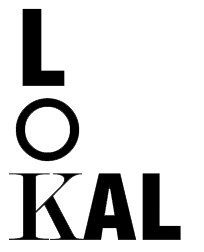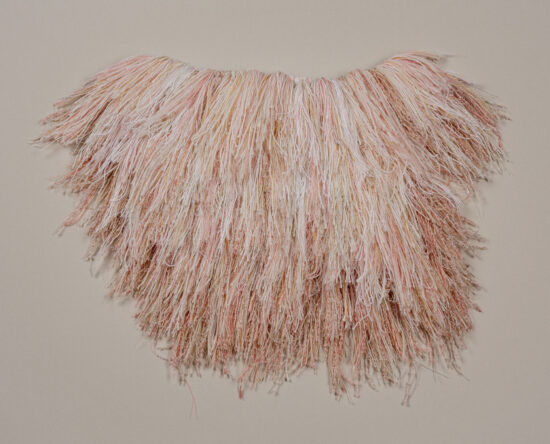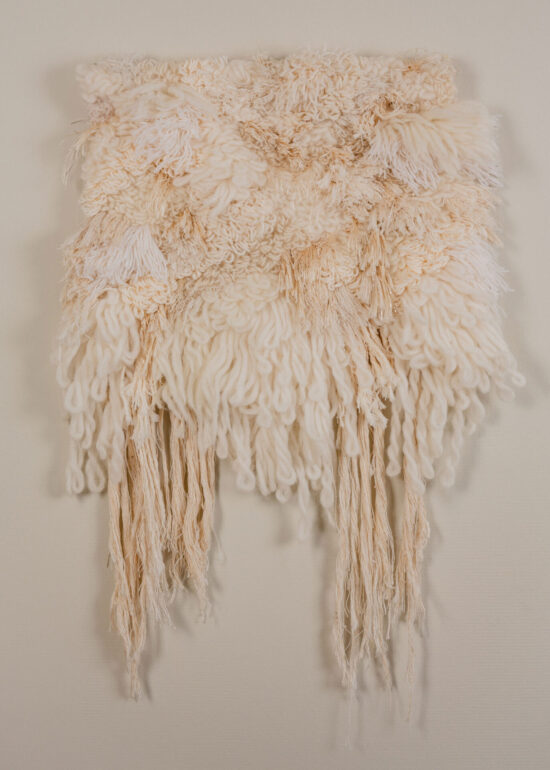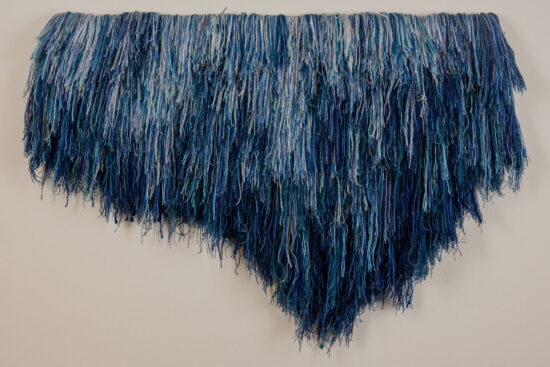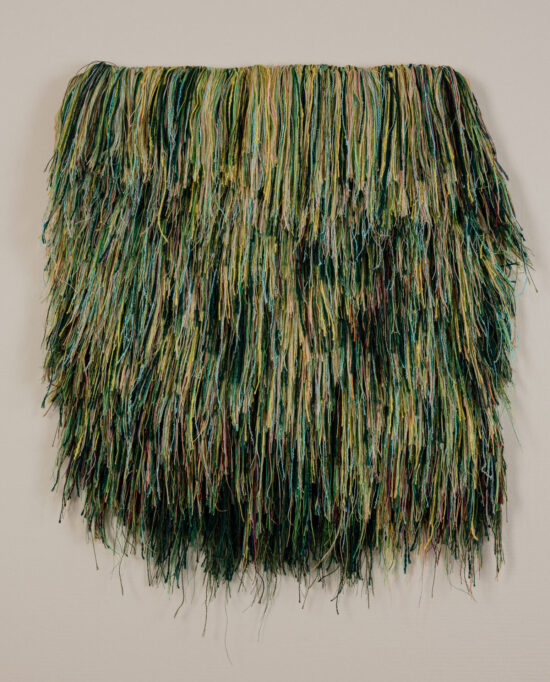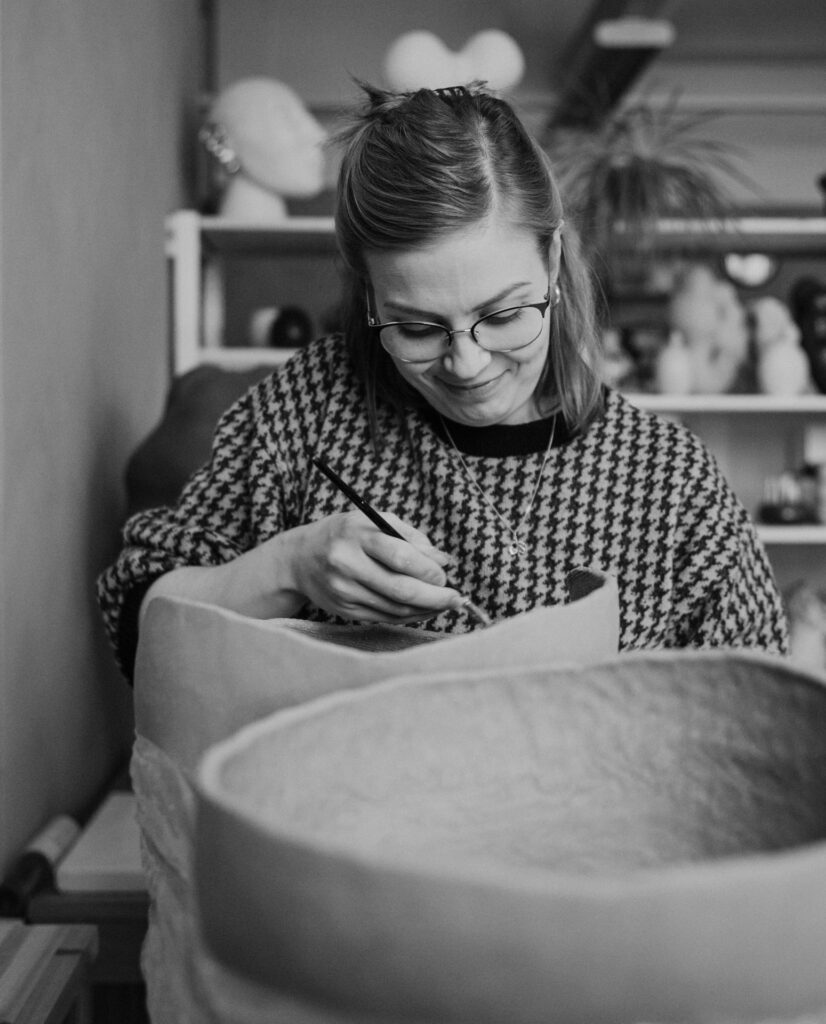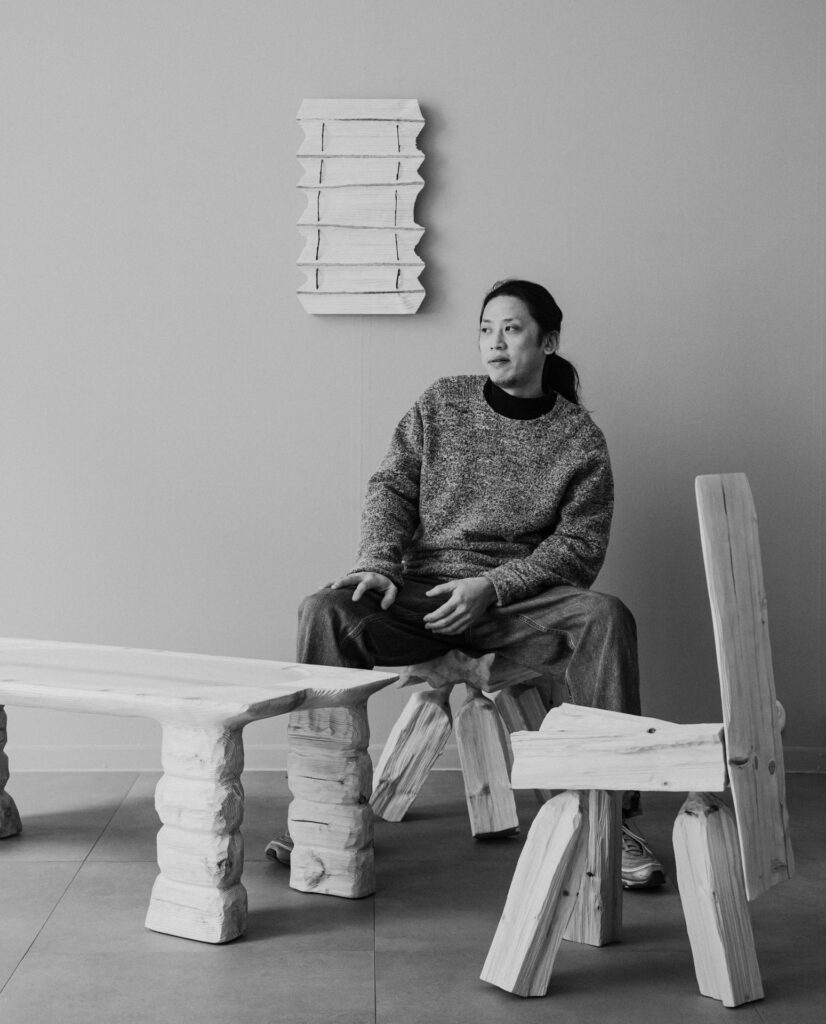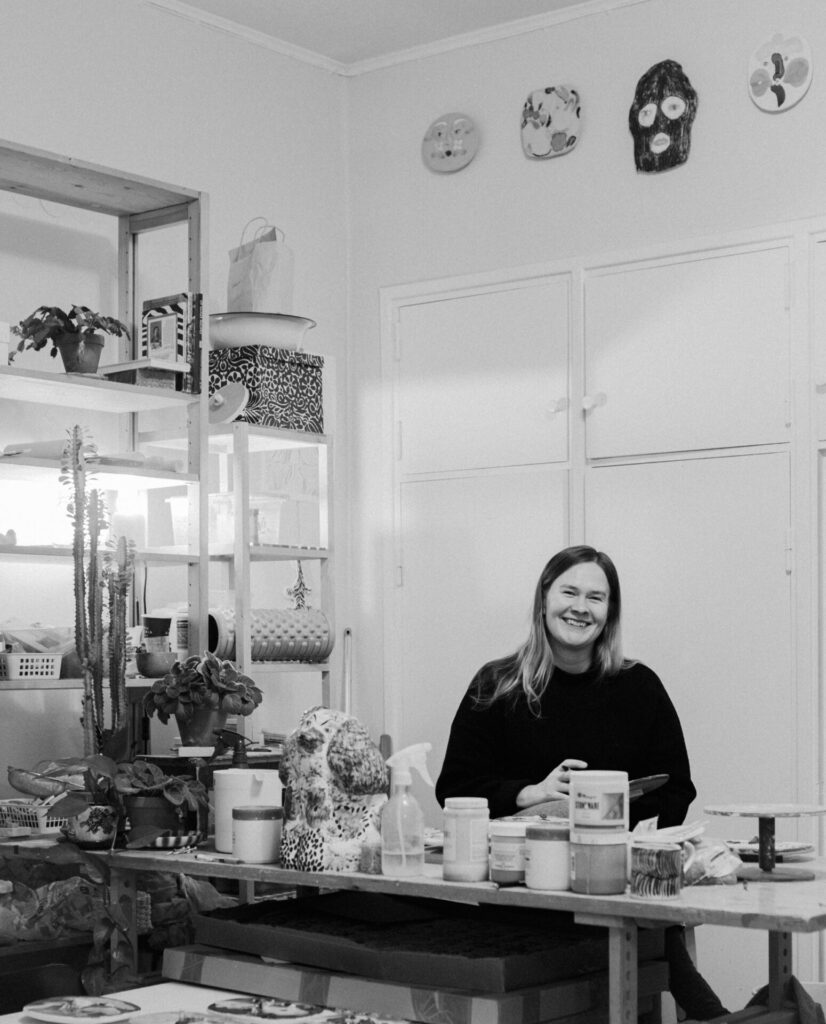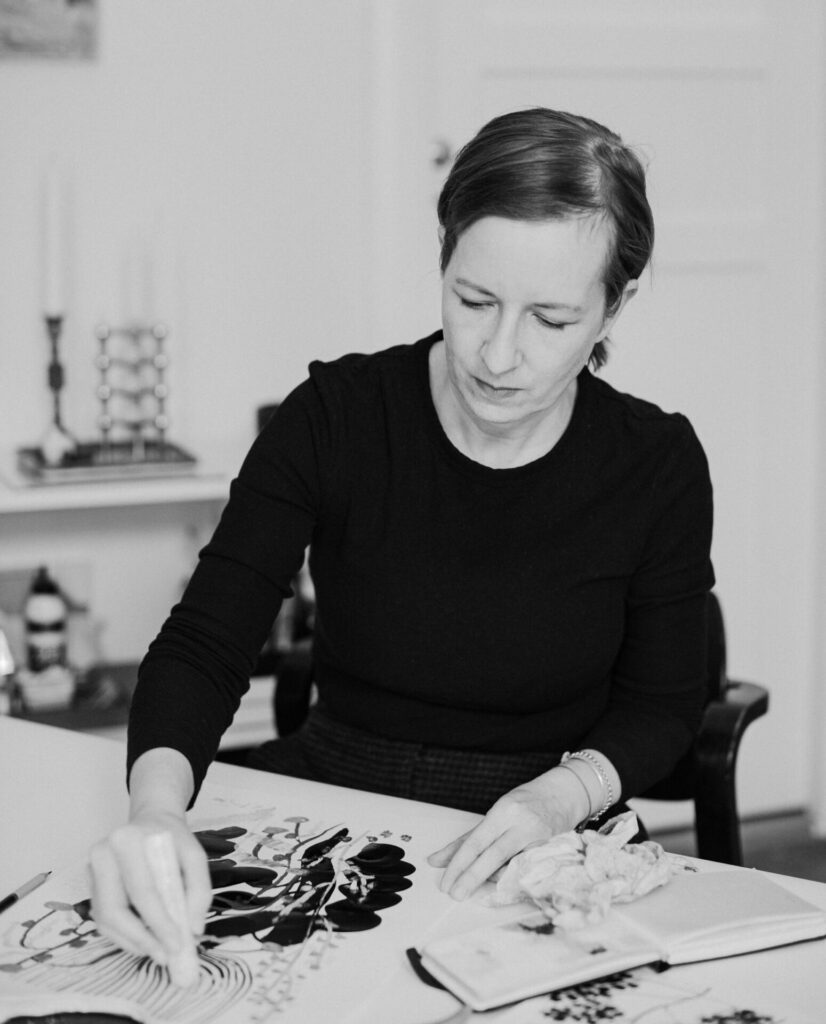Lokal Creators / Melissa Sammalvaara
Melissa Sammalvaara is an adventurous artist and designer operating in Helsinki and various campsites around Finland. Nature and our relation to it is a large inspiration for her, which can be seen in her mossy, luscious artworks and the preference in ecological and second hand materials. We visited her studio to take a closer look at her lush materials and processes.

Lokal Creators / Melissa Sammalvaara
Melissa Sammalvaara is an adventurous artist and designer operating in Helsinki and various campsites around Finland. Nature and our relation to it is a large inspiration for her, which can be seen in her mossy, luscious artworks and the preference in ecological and second hand materials. We visited her studio to take a closer look at her lush materials and processes.

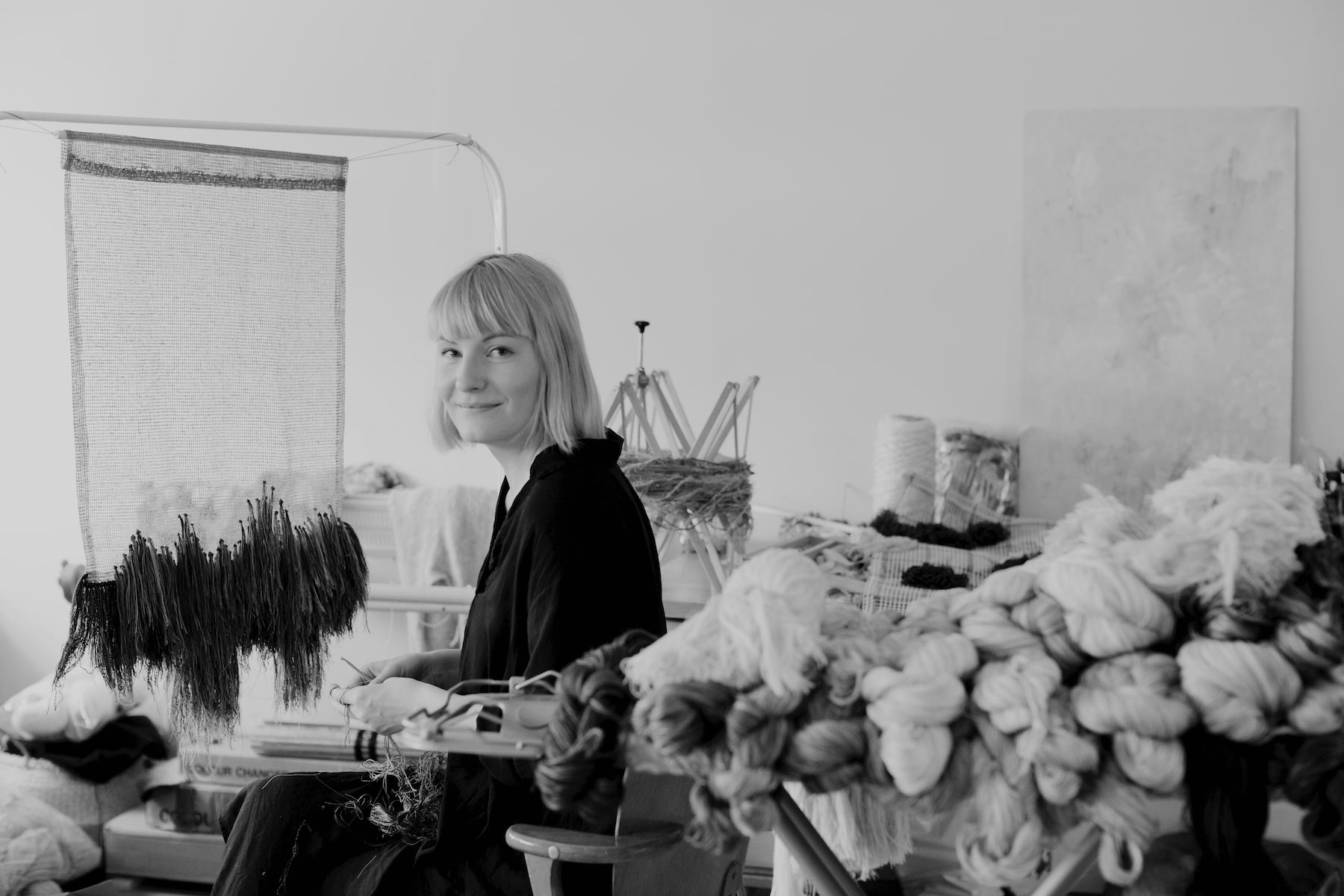
Melissa Sammalvaara on her work:
“My work starts from small, modest things and, on the other hand, from an open-minded investigation. Slowness and brushing are key in making ryas, or ‘ryijys’. It takes skill to learn to find and interpret threads and create different, new combinations from them. Knotting itself is a meditative and creative process: I often make my rugs in an instant, and the completion of a work that may take months is like a slow improvisation, a painting where one stroke of the brush takes a whole day.”
“The idea of an ecological life is tied to my work. I almost exclusively use recycled or responsibly produced yarns, which also fits the nature-exploring theme of the rugs. In addition to the materials, nature values and ethical reflection can be seen precisely in the way of working; a protest against the ever-accelerating lifestyle of today, where nothing seems permanent anymore. A physical, hand-produced and touchable work is a radical object in a time where mass culture is reduced to a gray mass in serials and constantly renewed digital “content”.
Textile art has traditionally been considered (perhaps due to the predominance of women) somehow a more trivial form of art. However, I could see that it has a lot to give and teach in this world, from traditional skills of brushing, to touching something concrete and tangible: the three-dimensional, changing and adaptable form enables the works to be varied in a way that may seem weak in its sensitivity. However, it is precisely this sensitivity that is key when talking about exploring our relationship with nature or our feelings. We have passed the time when our knowledge of human superiority was set in stone, and we have to learn a new kind of humility when interpreting the world around us and each other.”
“My works are almost always inspired by nature, as you can tell from their mossy appearance. They can be considered studies on growth processes, seasonal and environmental variation, as well as scales and biodiversity. It depends on the work and my own mood, whether I start from an interesting material or a natural phenomenon I observe. I can be just as excited about decades-old leftover threads of a special colour, as I can be about a strange tuft of moss I found in the forest. When I am interested in a certain theme, it is often natural to make several works in which I investigate the subject from many angles. In connection with slow processes, it is perhaps strange to say that the work is formed in an instant, but my paintings are often completed organically by area, growing on their own. At the moment, I’m particularly enthusiastic about installations and place-relatedness: connecting objects to a certain space or thing, as well as works where interaction and touching play an important part.”
“Textiles have attracted me for a long time because of the versatility and sensitivity of the materials. At university, I changed my master’s program from interior architecture to textiles in order to feed this interest and explore the use of textiles and their combination with occasion. My relationship with yarn progressed quite quickly from usual work to a more experimental direction and the application of traditional techniques. Textiles have a lot of untapped potential and space for combining old and new. Especially in ryijys, the free movement of threads and the mass of the works are combined in an interesting way. They are like living sculptures, whose history is tied to our culture and whose future is open.”
Shop: Melissa Sammalvaara’s Work
-
480,00 €
-
950,00 €
-
2 200,00 €
-
900,00 €
